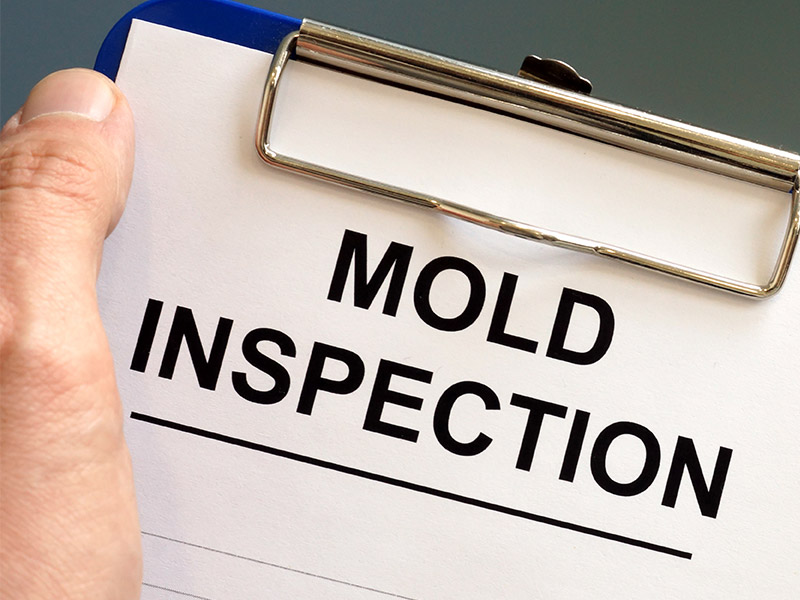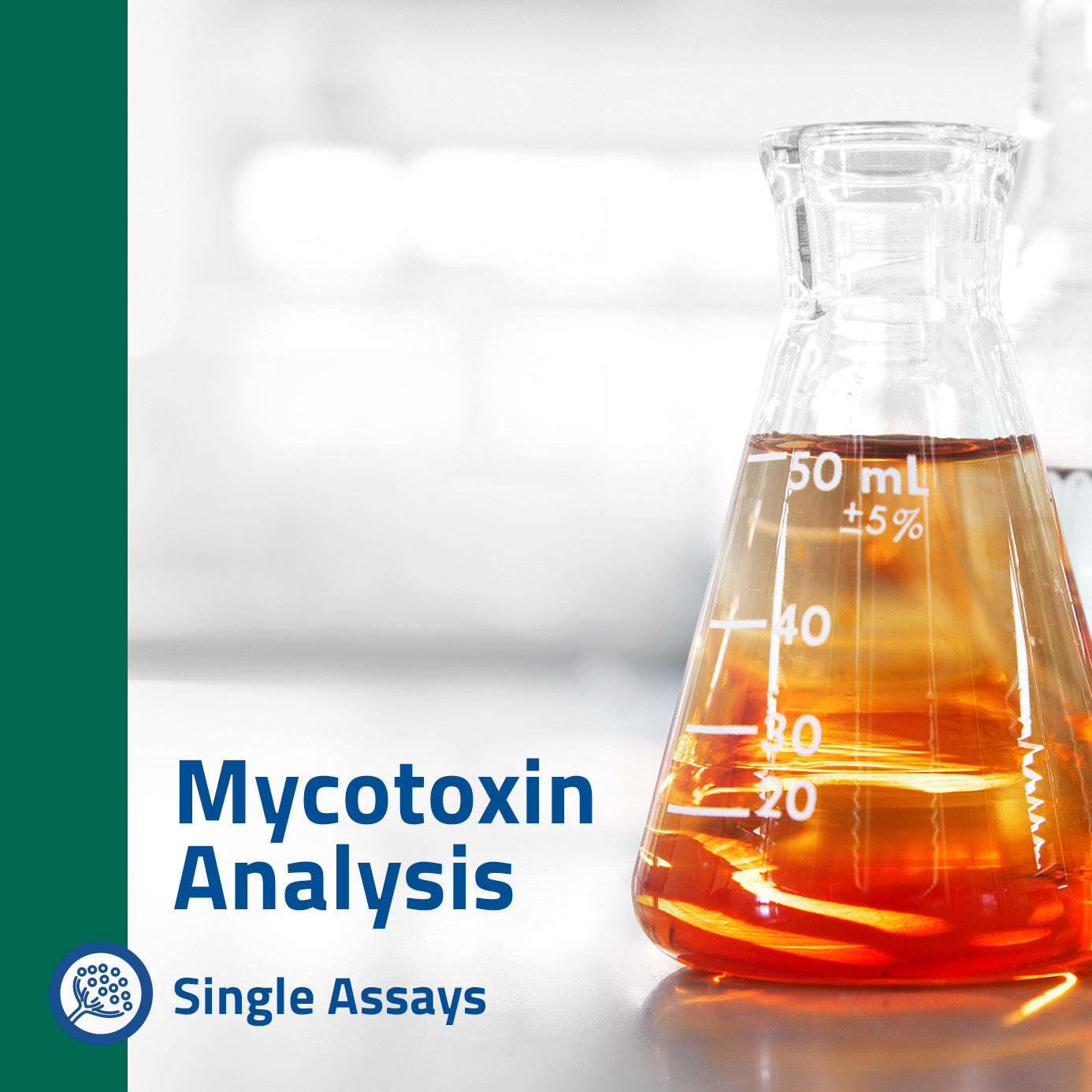Optimize Your Compliance with Trusted Mycotoxin testing Services Solutions
How Mycotoxin Testing Aids Prevent Contamination and Safeguard Food Materials

Mycotoxin testing is an indispensable practice in the food industry, working as a frontline defense against contamination by unsafe toxins produced by molds. Through the application of advanced methods like High-Performance Fluid Chromatography (HPLC) and Liquid Chromatography-Mass Spectrometry (LC-MS), food manufacturers can accurately measure and spot mycotoxin levels in farming products. This aggressive strategy not only ensures compliance with rigorous security regulations however likewise alleviates health and wellness dangers to customers. Furthermore, routine screening strengthens brand name online reputation and monetary wellness by lowering contamination-related events. So, how precisely do these testing protocols integrate right into the broader food safety strategy?
Comprehending Mycotoxins
Comprehending mycotoxins starts with identifying that they are harmful additional metabolites produced by specific molds, which can infect agricultural items. These metabolites are not essential for the development or recreation of the fungi yet can have serious ramifications for human and animal health and wellness. Mycotoxins are frequently found in staple plants such as corn, wheat, barley, and nuts, where they can multiply under certain problems of moisture and temperature.
There are numerous types of mycotoxins, each generated by various fungal species. Fusarium species create fumonisins and trichothecenes, both of which are linked with different intense and chronic health concerns.

Risks of Mycotoxin Contamination
The threats of mycotoxin contamination are multifaceted, positioning substantial threats to both food safety and security and public health and wellness. Mycotoxins, toxic compounds created by specific kinds of fungis, can infect a vast array of agricultural products consisting of grains, nuts, spices, dried out fruits, and coffee. As soon as these contaminants penetrate the food supply, they can cause major health and wellness problems such as liver damages, kidney failure, and also cancer. Vulnerable populations, including youngsters, the elderly, and immunocompromised individuals, are specifically in jeopardy.
Economic impacts are another significant issue. Polluted plants can lead to substantial monetary losses for farmers and food manufacturers due to lowered returns and the requirement for costly decontamination actions. Furthermore, global trade can be substantially impeded as nations implement rigorous mycotoxin laws to safeguard their populaces, leading to turned down shipments and stretched trade connections.
Ecological aspects such as environment modification exacerbate the risk of mycotoxin contamination. Variants in temperature level and moisture can develop positive conditions for fungal development, raising the possibility of contamination occasions. Hence, understanding and alleviating these risks are essential for making certain the security and integrity of global food products.
Methods of Mycotoxin Examining
Precisely determining mycotoxin contamination in agricultural products is vital for guarding public health and wellness and keeping food safety criteria. Different techniques are utilized to discover and evaluate mycotoxins, each offering certain advantages and constraints.
High-Performance Fluid Chromatography (HPLC) is a widely made use of method because of its high sensitivity and precision. It entails separating mycotoxins from other materials in an example, making it possible for accurate metrology. Likewise, Liquid Chromatography-Mass Spectrometry (LC-MS) integrates liquid chromatography with mass spectrometry to offer comprehensive molecular details, making it especially beneficial for identifying multiple mycotoxins simultaneously - Mycotoxin testing Services.

Gas Chromatography-Mass Spectrometry (GC-MS) and Thin-Layer Chromatography (TLC) are additionally utilized, each with distinct applications. GC-MS works for volatile mycotoxins, while TLC uses a simpler, affordable choice for initial screening.
Benefits of Normal Checking
Normal testing for mycotoxins in agricultural products offers numerous advantages, considerably contributing to public health and wellness and food safety and security. By recognizing contamination early, regular testing assists prevent the distribution of toxic foods, thereby reducing the threat of mycotoxin-related illnesses among consumers. This positive approach not only safeguards human health yet also improves the general top quality of food products.
Various nations and regions have established stringent restrictions for mycotoxin degrees in food and feed. Adhering to these restrictions with normal screening guarantees that manufacturers and suppliers meet lawful requirements, consequently avoiding fines and profession barriers.
In addition, routine mycotoxin screening can result in substantial economic benefits. Early detection of contamination allows for timely treatment, minimizing prospective losses from extensive contamination. Applying regular testing protocols can also lessen recall prices and relevant responsibilities, which can be economically ravaging.
Moreover, regular screening provides valuable data that can inform far better farming methods and storage problems. By understanding patterns of contamination, manufacturers can adopt safety nets, consequently reducing future threats and top article adding to the sustainability of the food supply chain.
Implementing Checking Protocols
Executing reliable mycotoxin screening protocols is crucial for guaranteeing the safety and high quality of farming items. Establishing a robust testing framework involves multiple essential actions, beginning with the identification of potential contamination factors within the manufacturing and supply chain. This includes pre-harvest, post-harvest, storage space, and circulation phases. Each phase has to be looked at to determine where mycotoxin contamination is most likely to occur.
As soon as essential control points are identified, choosing suitable testing methods is essential. Usual methods include enzyme-linked immunosorbent assay (ELISA), high-performance fluid chromatography (HPLC), and mass spectrometry (MS) Each technique has its strengths and weak points; therefore, picking the right one depends upon the particular mycotoxin being examined, the called for sensitivity, and offered sources.

Last but not least, incorporating the screening protocols right into a comprehensive food safety administration system is suggested. This boosts traceability and makes it possible for swift rehabilitative activities when contamination is discovered, thereby guarding the honesty of the food supply chain.
Verdict
Mycotoxin screening is essential in stopping contamination and protecting food materials by enabling very early discovery of dangerous contaminants produced by mold and mildews in farming More Bonuses products. Routine screening enhances brand name track record, monetary security, and depend on in food safety by decreasing contamination-related losses and keeping high standards in food production.
Mycotoxin testing is an essential method in the food market, serving as a frontline defense versus contamination by damaging toxic substances generated by mold and mildews. An integrated method involving farming methods, storage management, and regular testing can mitigate the dangers connected with mycotoxin contamination, guaranteeing food safety and security and public health.
The risks of mycotoxin contamination are complex, presenting significant threats to both food safety and security and public health.Normal screening for mycotoxins in farming products provides numerous benefits, dramatically contributing to public health and food safety.Mycotoxin testing is essential in preventing contamination and protecting food supplies by allowing early detection of dangerous contaminants created by molds in agricultural products.